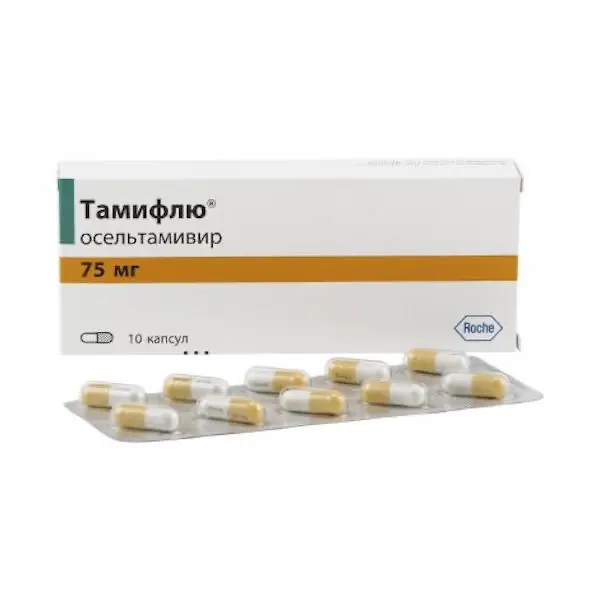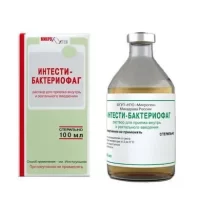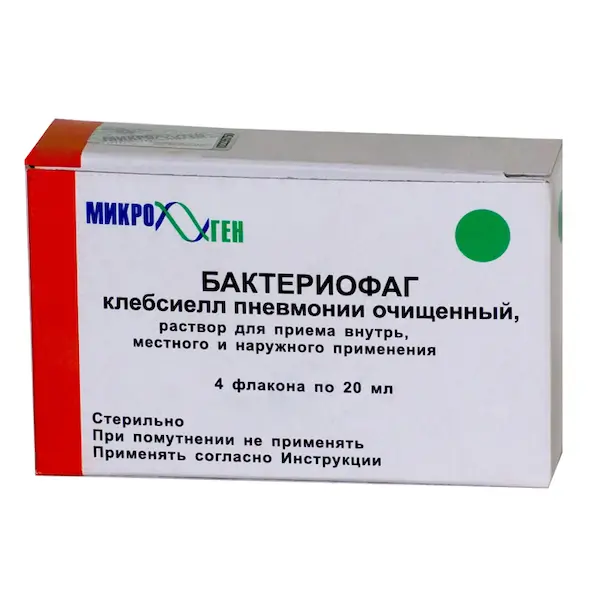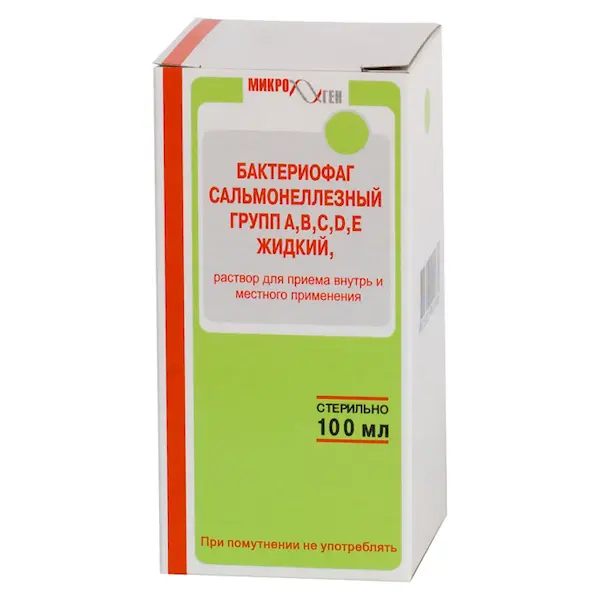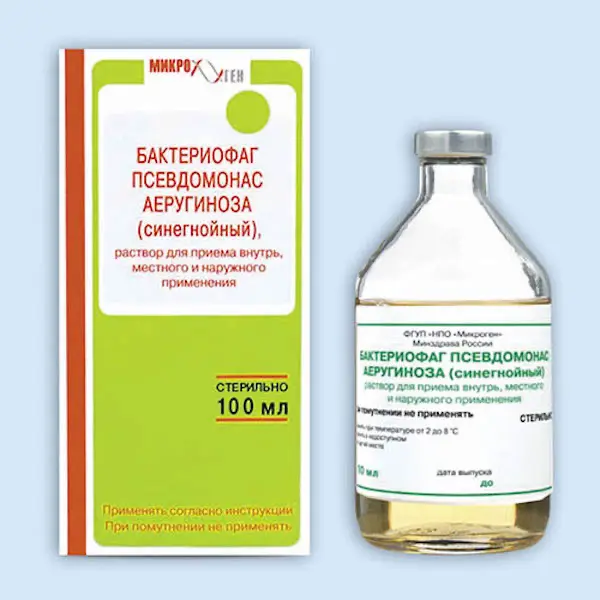Description
Tamiflu Pharmacodynamics
Antiviral drug. Oseltamivir phosphate is a pro-drug, its active metabolite (oseltamivir carboxylate) competitively and selectively inhibits influenza virus neuraminidase type A and B – the enzyme that catalyzes the release of newly formed virus particles from infected cells, their penetration into respiratory epithelial cells and further spread of the virus in the body.
Oseltamivir carboxylate acts outside the cells. Inhibits influenza virus growth in vitro and suppresses virus replication and pathogenicity in vivo, reduces the release of influenza A and B viruses from the body. Its concentrations required to inhibit enzyme activity by 50% (IC50) are at the lower limit of the nanomolar range.
Efficacy
Tamiflu has been proven to be effective in prevention and treatment of influenza in adolescents (? 12 years), adults, the elderly and the elderly, as well as in children over 1 year of age. At the beginning of treatment not later than 40 hours after the appearance of the first flu symptoms, Tamiflu significantly reduces the period of clinical manifestations of influenza infection, reduces their severity and decreases the frequency of complications of influenza that require antibiotics (bronchitis, pneumonia, sinusitis, otitis media), shortens the time of virus discharge from the body and reduces the area under the curve “virus titers – time”.
When taken as prevention, Tamiflu significantly (by 92%) and significantly reduces the incidence of influenza among the contacted persons, reduces the frequency of virus excretion and prevents the transmission of the virus from one family member to another.
Tamiflu does not affect the formation of influenza antibodies, including the production of antibodies in response to inactivated influenza vaccine.
During the circulation of influenza virus in the population, one double-blind, placebo-controlled trial was conducted in children aged 1-12 years (mean age 5.3) who had fever (>100 F) accompanied by one of the respiratory symptoms (cough or acute rhinitis). In this study, 67% of the patients were infected with virus A and 33% of the patients were infected with virus B. Treatment with Tamiflu, which was started within 48 hours of onset of symptoms, significantly reduced the duration of illness by 35.8 hours compared with placebo. Duration of illness was defined as the period of time it took for the cough, runny nose, resolution of fever, and return to normal and normal activity. The proportion of pediatric patients who developed acute otitis media and received Tamiflu was reduced by 40% compared with placebo. Children who received Tamiflu returned to normal and normal activity almost 2 days earlier than children who received placebo.
Viral Resistance
According to the data available to date, no resistance to the drug has been observed when Tamiflu is taken for post-exposure (7 days) and seasonal (42 days) influenza prophylaxis.
The frequency of transient isolation of influenza virus with decreased sensitivity of neuraminidase to oseltamivir carboxylate in adult influenza patients is 0.4% Elimination of resistant virus from patients receiving Tamiflu occurs without worsening of clinical condition of patients.
Frequency of resistance of clinical isolates of influenza virus type A does not exceed 1.5%. No resistant strains were found among clinical influenza B virus isolates.
- Tamiflu is taken orally, with or without meals. Tolerability is improved in some patients when taken with food.
- Standard dosing regimen
- Treatment
- Treatment should be started on the first or second day of the onset of flu symptoms.
- Adults and adolescents ? 12 years old. Recommended dosage regimen of Tamiflu is one capsule 75 mg 2 times a day orally within 5 days or 75 mg suspension 2 times a day orally within 5 days. Increasing the dose over 150 mg/day does not increase the effect.
- Children > 40 kg or ? 8 years of age who are able to swallow capsules may also be treated by taking one 75 mg capsule 2 times daily, as an alternative to the recommended dose of Tamiflu suspension (see below).
- Children ? 1 year old. Recommended dosing regimen of Tamiflu suspension for oral administration: (see instructions)
- Prophylaxis
- Adults and adolescents ? 12 years of age.
- 75 mg once daily orally for at least 10 days after exposure. The drug should be started no later than the first 2 days after exposure. During seasonal influenza epidemics, 75 mg once a day; for 6 weeks. The prophylactic effect lasts as long as the drug intake lasts.
- Children > 40 kg
- Children who can swallow capsules may also receive prophylactic therapy by taking one capsule of 75 mg once daily, as an alternative to the recommended dose of Tamiflu suspension (see below).
- Children over 1 year of age
- Recommended dosing regimen for Tamiflu oral suspension: (see instructions)

